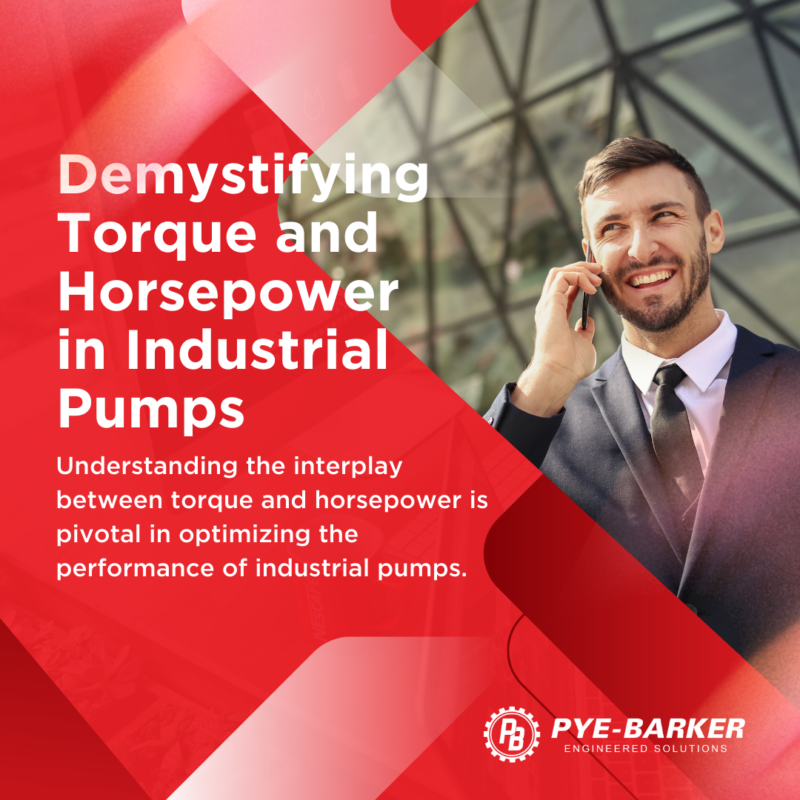
Understanding the dynamics of torque and horsepower is crucial when dealing with industrial pumps, especially for engineers and technicians in the field. At Pye-Barker Engineered Solutions, we aim to clarify the intricacies of these concepts to ensure optimal performance in your industrial machinery.
Torque is the driving force behind the rotation of a pump shaft. Imagine turning a wrench to tighten or loosen a nut — that force applied is torque. In the realm of positive displacement pumps, such as those offered by Pye-Barker, understanding torque is essential. Unlike centrifugal pumps, our positive displacement pumps operate as constant torque machines, ensuring stability regardless of speed variations.
Viking positive displacement pumps and Variable Frequency AC drives (VFD) share a common trait — they are both constant torque machines. This means that as you adjust the speed using a VFD, the torque remains consistent, providing versatility in pump capacity.
Exploring the Torque-Horsepower Relationship
While torque initiates the pump's rotation, horsepower measures the work done over time. The relationship between torque and horsepower is nuanced. The equations below shed light on this connection:
Understanding these equations is crucial, especially when using VFDs. As speed decreases with a VFD, torque remains constant, but horsepower decreases. This distinction is vital to prevent undersizing motors when designing for reduced speeds.
Avoiding Common Pitfalls in Motor Selection for VFDs
Customers often mistake constant torque for constant horsepower, leading to undersized motors. When utilizing VFDs, it's essential to account for decreased horsepower at lower speeds. Selecting a motor with the right horsepower rating for reduced speeds is critical to avoid performance issues.
Gear Reducers: Ensuring Constant Horsepower at Reduced Speeds
Gear reducers play a vital role in maintaining constant horsepower by converting high-speed, low-torque motor output into low-speed, high-torque power for the pump shaft. This eliminates the need for oversizing motors and ensures optimal performance even at reduced speeds.
Considering Motor Cooling in VFD Applications
Motor cooling becomes a concern at slower speeds. Motors have limitations on turndown, making it crucial to select a motor with an adequate constant torque turndown rating for the required speed reduction. This consideration is vital to prevent overheating and ensure the longevity of your industrial machinery.
Empowering Engineers and Technicians for Optimal Pump Performance
Understanding the interplay between torque and horsepower is pivotal in optimizing the performance of industrial pumps. Engineers and technicians can make informed decisions when selecting and operating pumps with this knowledge, ensuring efficiency and longevity in their industrial machinery.


